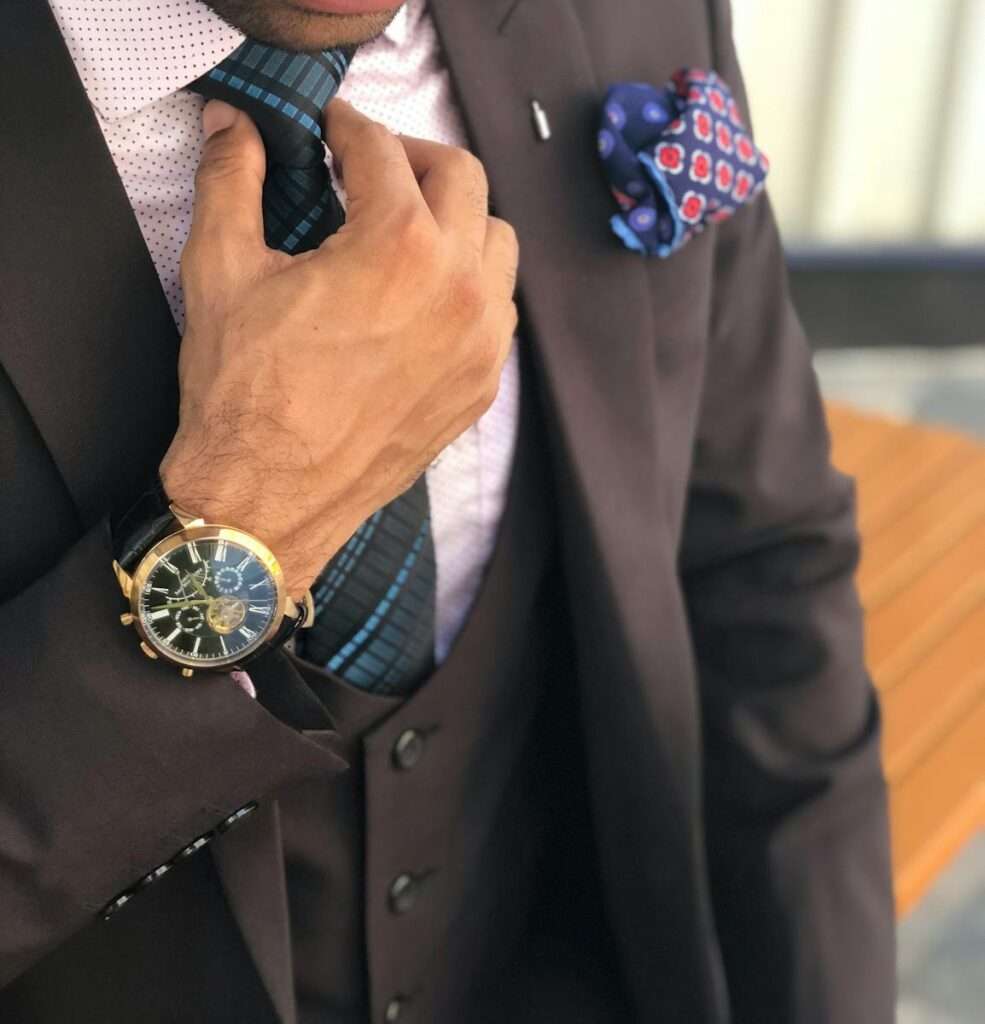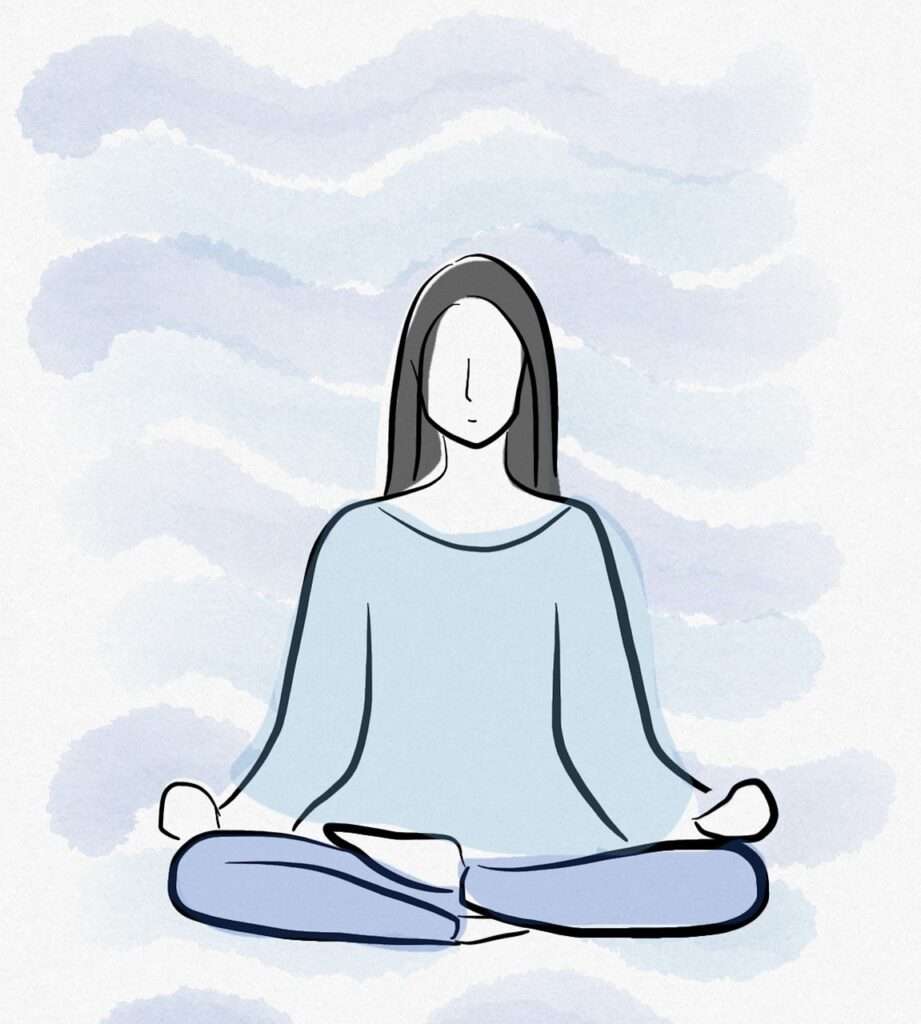They say actions speak louder than words, and nowhere is that more evident than in body language. Imagine delivering a heartfelt speech while nervously fidgeting with your shirt or avoiding eye contact during a job interview. No matter how eloquent your words, your body could be sending a very different message. Understanding and using body language effectively is an essential skill for building relationships, gaining trust, and exuding confidence.
Let’s break it down, step by step, and turn you into a body language master (without making you feel like a mime at a business meeting).

1. First Impressions: Own the Room
The moment you walk into a room, your body language speaks before you do. Good posture, a confident gait, and a warm smile can make a world of difference. Whether you’re meeting someone for the first time or stepping into an important meeting, start strong.
Key Tips:
- Stand tall with your shoulders back—think superhero pose but less dramatic.
- Maintain a relaxed and open stance; avoid crossing your arms.
- Smile genuinely. People can spot a fake smile faster than you can say “cheese.”
2. The Eyes Have It
Eye contact is one of the most powerful tools in your body language arsenal. It conveys confidence, interest, and sincerity. But let’s be clear—there’s a fine line between engaging and staring into someone’s soul.
Key Tips:
- Aim for 60-70% eye contact during a conversation.
- Break eye contact naturally—look to the side briefly, not down (which can signal insecurity).
- If direct eye contact feels awkward, try looking at the bridge of their nose instead.
3. Hands: Show, Don’t Hide
Your hands are like the punctuation marks of your speech—they add emphasis and clarity. Keeping them hidden or fidgeting sends a message of discomfort or dishonesty.
Key Tips:
- Use open gestures to appear approachable and honest.
- Avoid pointing, which can feel aggressive.
- Keep your hands visible. Hidden hands can subconsciously make others uneasy.

4. Mirroring: The Subtle Art of Connection
Mirroring, or subtly mimicking someone’s body language, is a powerful way to build rapport. It signals that you’re in sync with them. But… don’t overdo it, or you’ll come across as a body language copycat.
Key Tips:
- Match their energy level. If they’re relaxed, mirror that; if they’re animated, match their enthusiasm.
- Use subtle gestures that echo theirs, like leaning forward when they do.
- Avoid mirroring negative body language (like slouching or frowning).
5. The Power of Proximity
How close you stand or sit to someone can affect how they perceive you. While personal space preferences vary culturally, being too close or too distant can create discomfort.
Key Tips:
- Maintain a respectful distance of about an arm’s length unless you’re in a close relationship.
- Observe cues—if someone leans back or steps away, give them more space.
- In professional settings, err on the side of slightly more distance.
6. Posture: Confidence in Every Inch
Slouching doesn’t just make you look unconfident; it also affects how you feel. Standing or sitting up straight, on the other hand, can boost both your appearance and your mood.
Key Tips:
- Keep your spine aligned and your chin parallel to the floor.
- Distribute your weight evenly when standing.
- If sitting, plant both feet on the ground for a grounded appearance.
7. Facial Expressions: Your Built-In Mood Board
Your face is a billboard for your emotions, and people are excellent at reading it. Be mindful of your expressions—you don’t want your poker face to unintentionally look like resting grump face.
Key Tips:
- Relax your face to avoid tension (especially in your jaw and forehead).
- Nod occasionally to show engagement, but not so much that you look like a bobblehead.
- Smile—it’s the universal sign of friendliness.

8. Feet Don’t Lie
Believe it or not, your feet can reveal more about your intentions than you’d think. People often point their feet toward what they’re interested in—whether that’s a person or the nearest exit.
Key Tips:
- Position your feet toward the person you’re speaking with to show engagement.
- Avoid tapping or fidgeting, which can signal impatience.
- Be mindful of shifting your weight excessively, as it can indicate nervousness.
9. Be Mindful of Cultural Differences
Body language isn’t a one-size-fits-all. What’s considered confident in one culture might be seen as aggressive in another. Do your homework if you’re interacting with people from diverse backgrounds.
Key Tips:
- Research cultural norms around eye contact, gestures, and personal space.
- When in doubt, err on the side of politeness and observe others’ cues.
- Ask questions if you’re unsure—most people appreciate the effort to understand.
Final Thoughts
Mastering body language is like learning a new language—it takes practice, awareness, and a bit of trial and error. The key is to stay authentic while being intentional about the messages your body is sending. With time, you’ll find yourself navigating social and professional situations with ease and confidence.
So go ahead—strike a power pose, smile warmly, and own the room. Remember, your body is always talking; make sure it’s saying something great!



